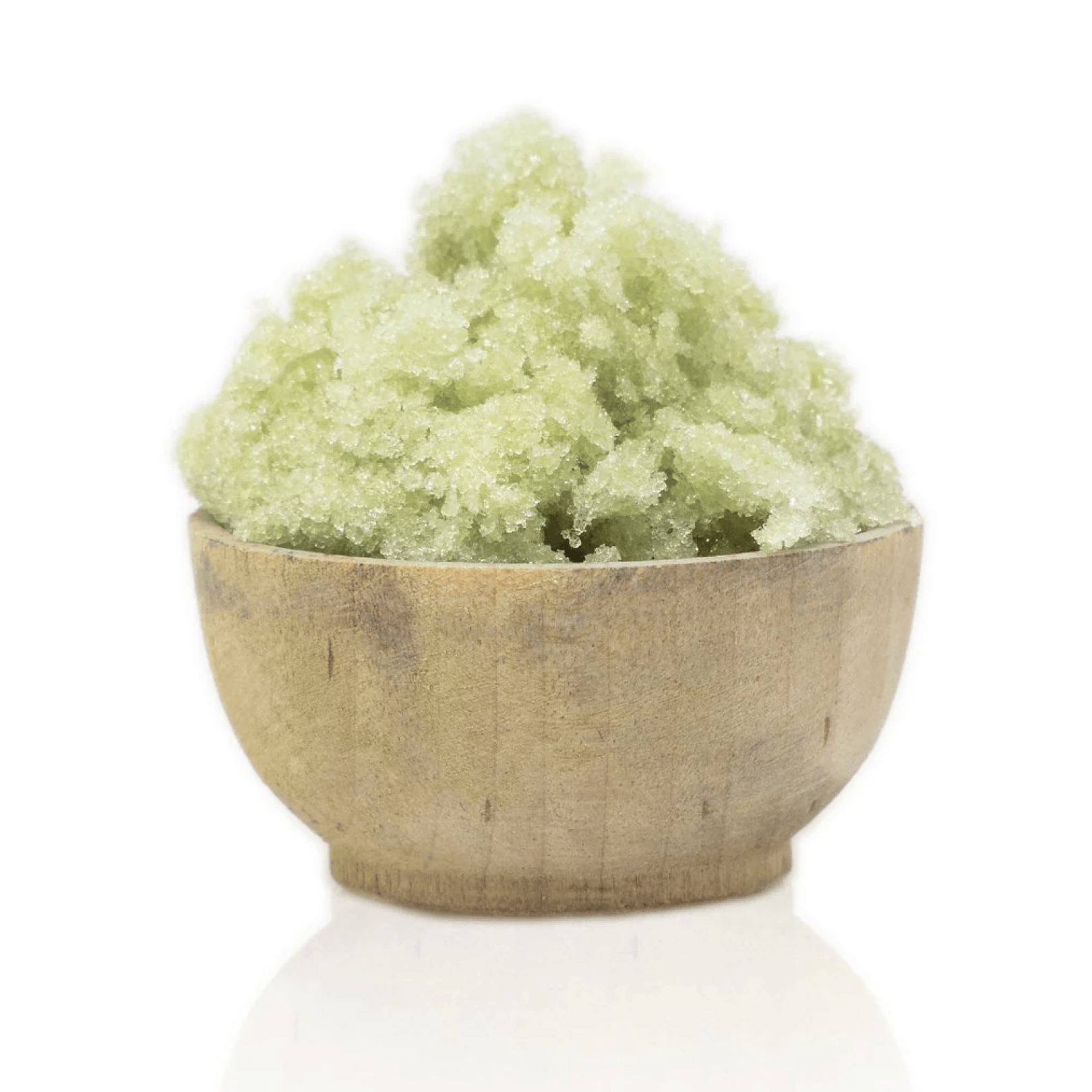
Ferrous Sulphate (Iron II)
Pickup available at eHouse Rishon
Usually ready in 24 hours
Reliable shipping
Flexible returns
Description
Also known as copperas, green vitriol, vitriol of Mars, “saddener” (historic dyeing term).
Iron (ferrous sulfate) has been used for centuries as both a mordant and a colour modifier in natural dyeing. It is especially valued for its ability to darken and “sadden” colours, shifting bright hues into moody olives, greys, and blacks, while also improving lightfastness and washfastness.
Historical Note
Medieval and Renaissance dyers relied heavily on iron. Recipes for durable black dyes often combined iron with tannin-rich materials such as oak gall, myrobalan, or cutch, producing long-lasting shades of black and grey. In many old dye books, iron is described as a “saddener”, a material that dulls and deepens colours, muting brilliance into earthy tones. It was (and is) one of the most important modifiers in European, Middle Eastern, and Asian traditions of textile dyeing.
Chemical Formula
FeSO₄·7H₂O
CI Reference
Not classified as a dye; used as a mordant/assist.
Shading Tips
- With yellows (weld, fustic, pomegranate) olive greens
- With reds (madder, cochineal, lac) purples, browns, near-blacks
- With tannins (myrobalan, gallnut, cutch) deep greys and blacks
- Post-mordanting darkens and saddens existing shades
